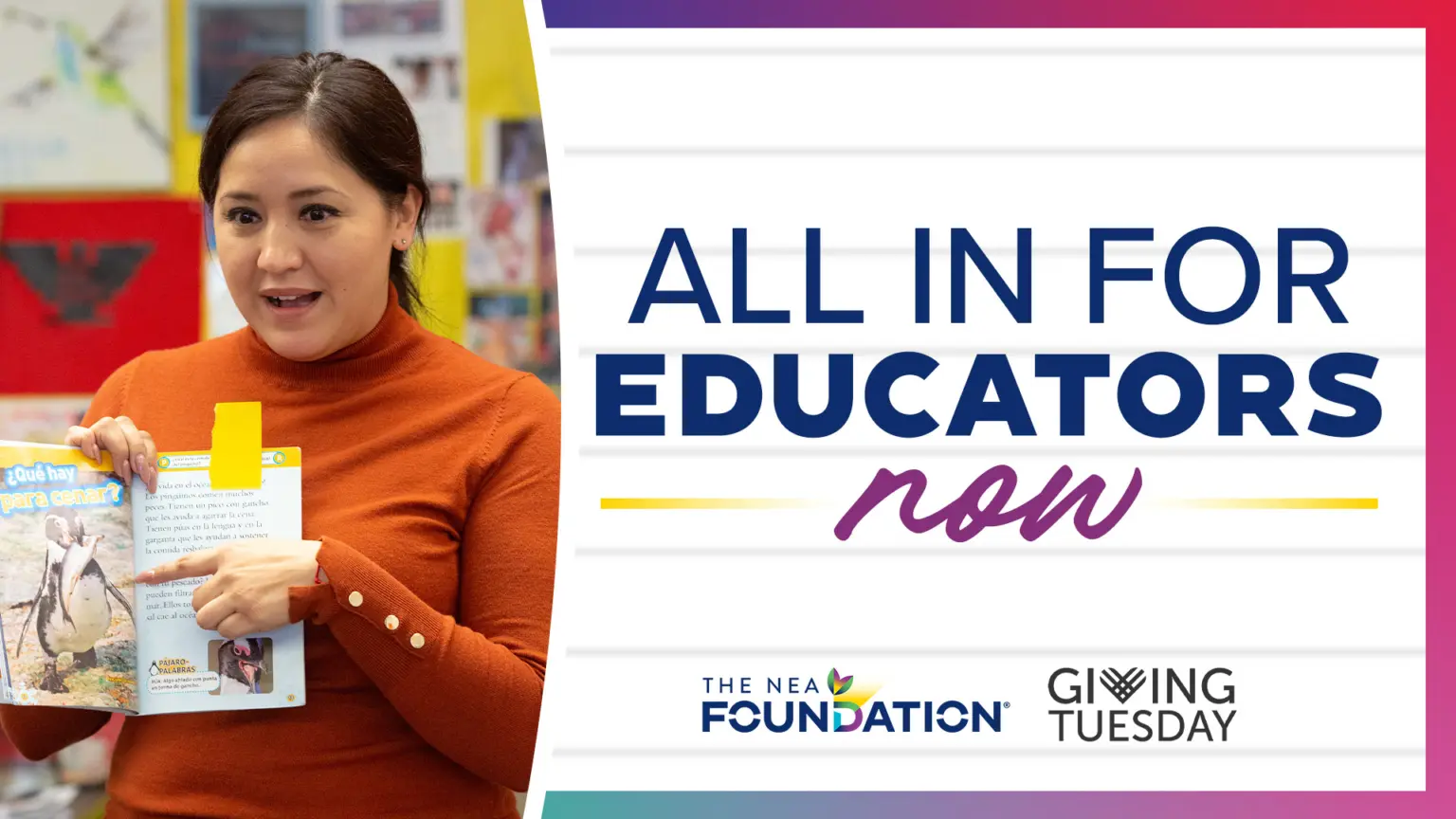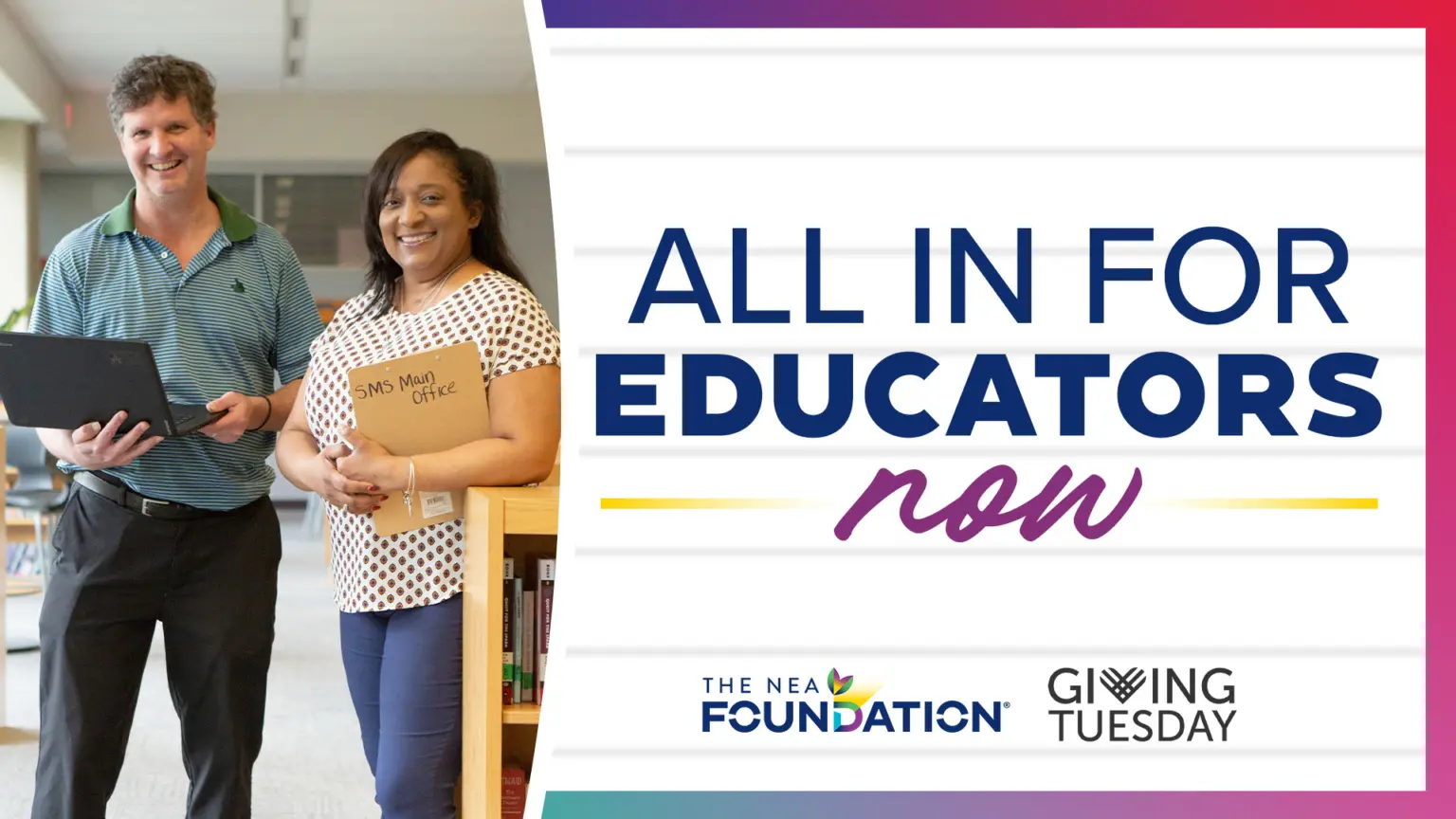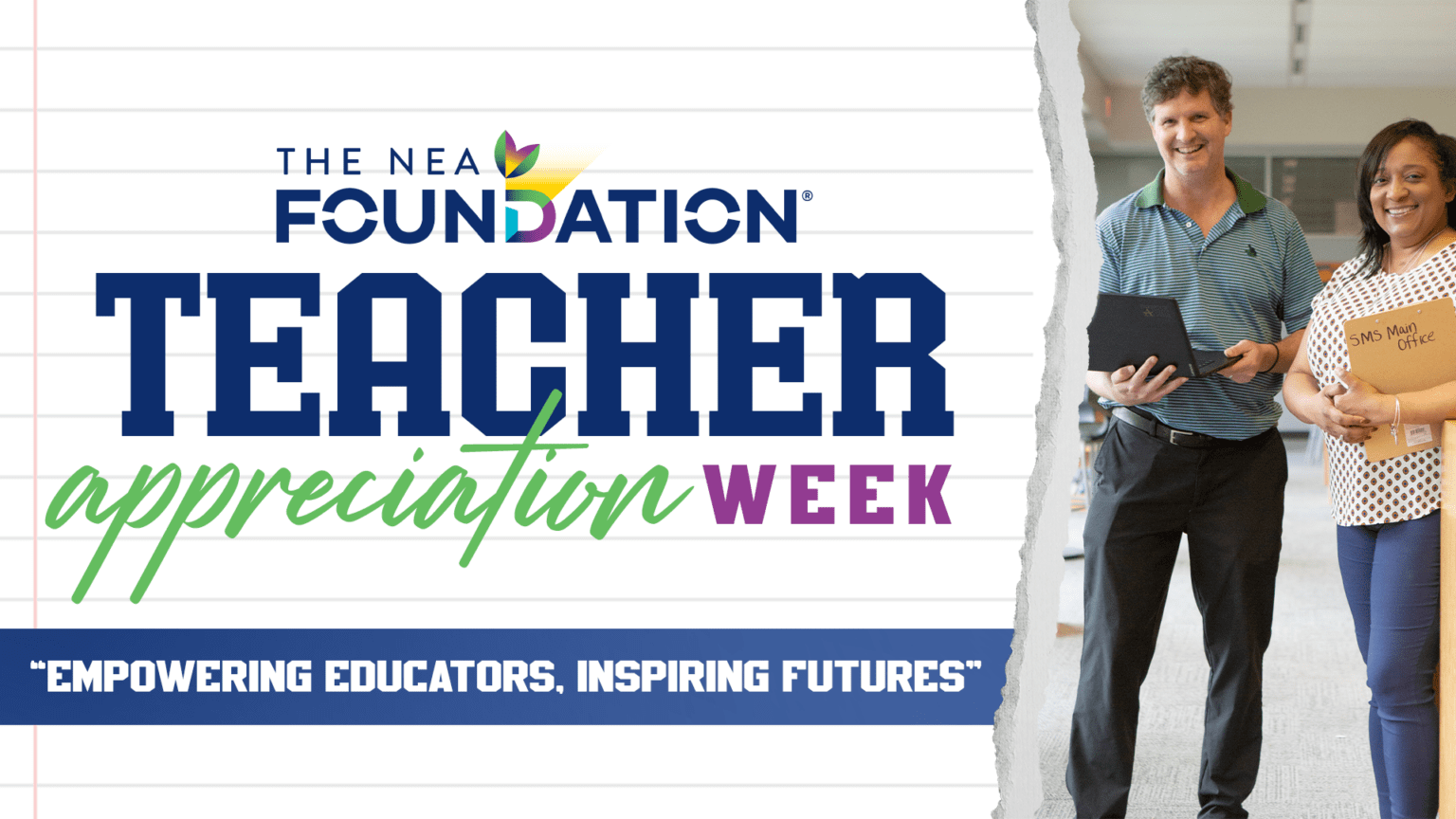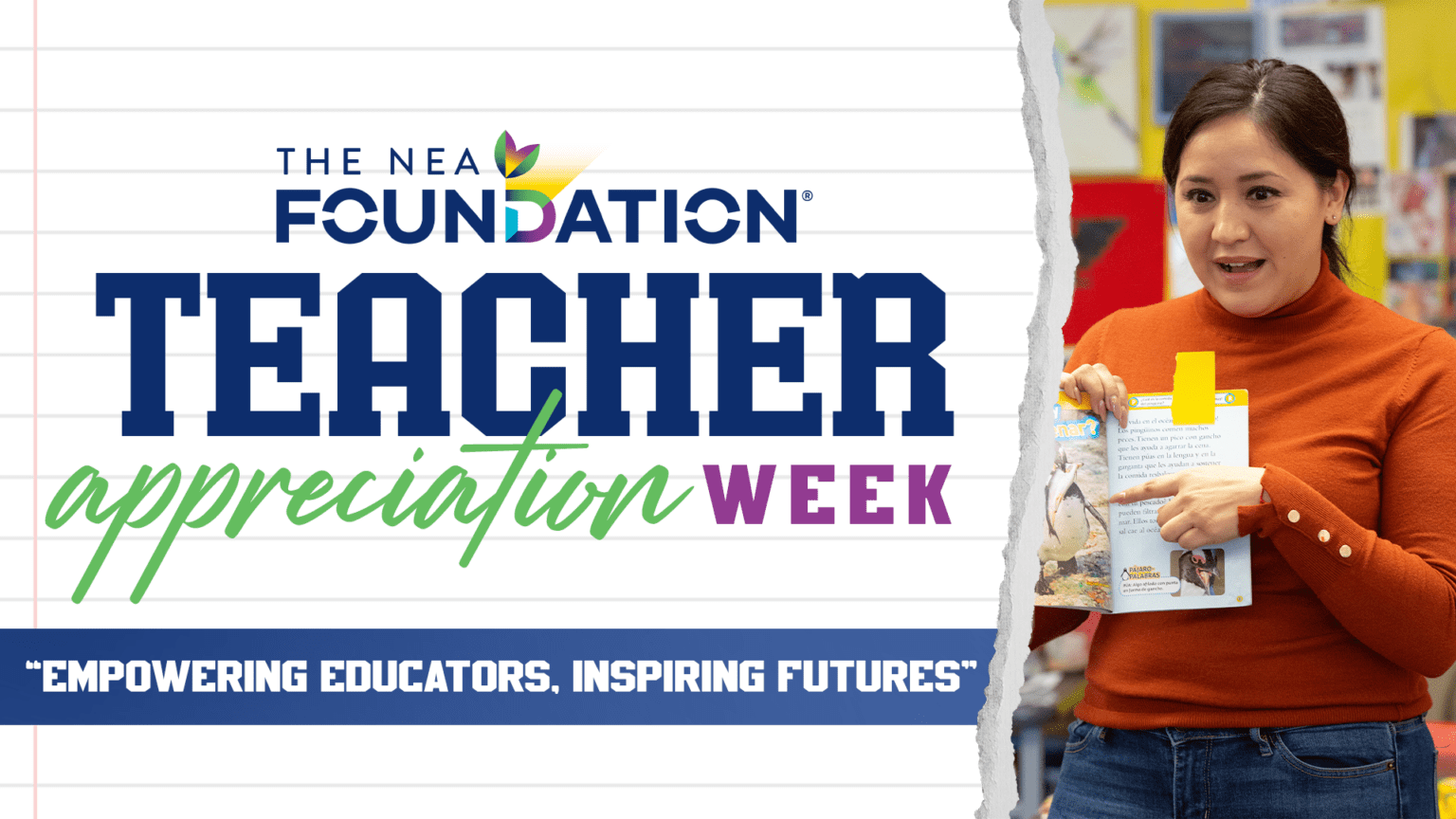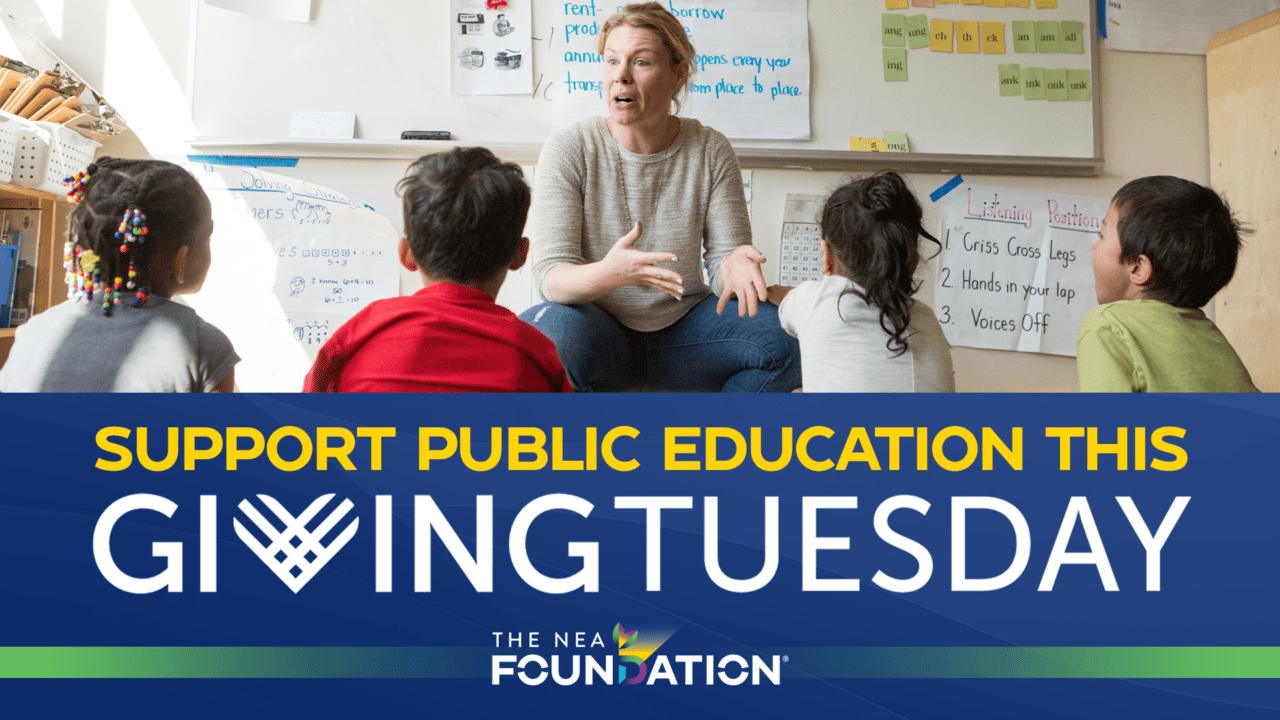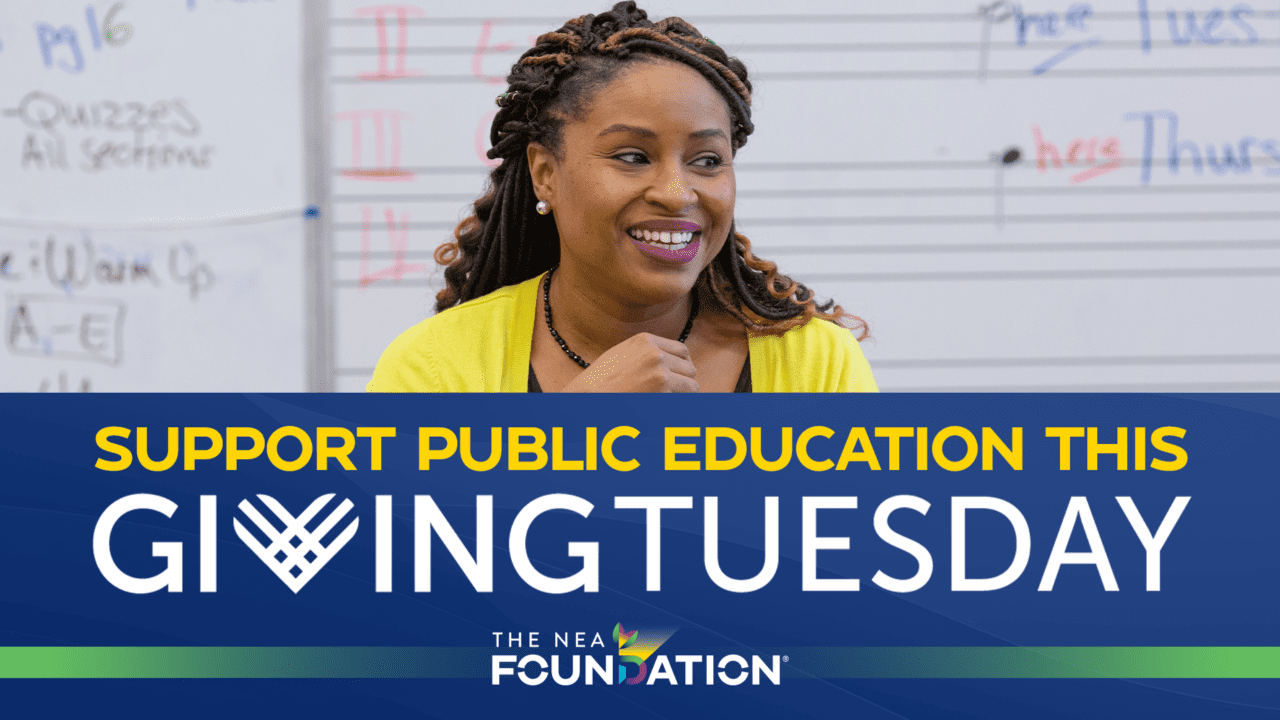Visiting the Beijing Jinsong Vocational School and Dinner Meeting with Intel’s Julia Zhu
On Thursday Global Learning Fellows got an up-close look at some aspects of Chinese education. We started the afternoon with a tour of Beijing Jinsong Vocational High School, one of the National Key Schools, and a model for vocational education in China. After touring the state-of-the-art facilities, we had a cultural exchange with a selection of the school’s faculty and staff. Following the school visit and discussion, we were honored with a presentation from Julia Zhu of Intel, the world leader in computing innovation, to learn about the skills students need to succeed as learners, workers, and citizens in today’s global economy. Learning Fellows Gay Beck, kindergarten teacher from Highland, Utah; Donna Youdelman, Special Education teacher from Tucson, Arizona; and Tom Bindl, elementary school teacher from Madison, WI, shared their reflections on the day’s experiences with us.
One resounding theme we heard from the group was the hope to bring back the cultural experience to their own classrooms and the possibility of expanding students’ horizons through cultural exchange, as well as the idea that teaching practices at home, and abroad, can be improved through collaboration and learning on a global level. Jinsong has a strong international aspect that allows for students to connect with other cultures and prepare for the working world through student exchange programs and by incorporating international standards and ideas into the curriculum.
“…the world is a big place”
Gay Beck recognized that even kindergarten students can benefit from the kind of cultural exchange that makes the Jinsong school so effective. “I feel like it’s essential for my students to realize that beyond their little oasis of coming to school every day, the world is a lot bigger than that.” Gay explains that through her experiences in China and the pictures and stories she will share, “I’m hoping to bring back to [my students] the idea that the world’s a big place, and that they’re going to end up a working person in this place. I hope they develop the global awareness and cultural awareness of the world around them. I feel like kindergarten is a great place to start with that.”
Preparing the global workforce
The need to develop global competency at the earliest levels echoes Julia Zhu’s emphasis on preparing students for collaboration and cooperation in an increasingly interconnected world. Intel’s Julia Zhu provided the teachers with a perspective on what businesses are looking for and what skills students need to develop in order to be successful in today’s global economy. While the goal of education is not just employability, it is something that must be considered, as our students will need to take part in the working world at some point. Key aspects for success are cooperation and collaboration with people from all different backgrounds and cultures.
Breaking down barriers
“Global competence to me is: how do you break down barriers?” Tom Bindl said when discussing the importance of cooperation in global competency. “We have barriers between people, but once you understand someone or a different culture, you’re less likely to have a problem working with that person. To me, the purpose of the school visit is to have a look at what’s going on in schools outside of the united states to gain more awareness, and to look and see where we have some comparisons and similarities between the schools in the US and internationally. This gives us an understanding of each other, so we’re more comfortable with things we didn’t originally know. Once we have more of an understanding, we have more cultural acceptance.”
Teamwork and collaboration are key 21st century skills, but they need to reach beyond just one culture, as students entering the working world will need to be able to work with people from all different backgrounds. Tom recognized that his students are yearning for this kind of experience. “When I tell them about my trips, it gets their attention. It’s rather mindboggling in a sense because they’re looking off to the side, not paying attention, and you bring it up and they’ll turn right to you and listen up like you’re talking about family. Instructionally, to a third grader, in math, you can bring this in as extensions in story problems, so you can bring in the vocabulary, the city name, the country name – you start bringing in that vocabulary and there’s an awareness. They go, ‘Oh, China? They have how many people, 1.3 billion, is that right? There are how many people in Beijing?’ And you can start making these into problems. There’s a sort of simplified awareness, and if you don’t provide that basic awareness you don’t have a stepping-stone to greater global competency.”
Successful global citizens
Donna Youdelman works in a district where very few students are able to gain first hand access to different cultures, but she is excited to be able to incorporate this experience into her special ed curriculum across all subjects. “They will get a chance to learn and see different cultures and experiences in all levels: writing, language, music, and even cooking, enriching them while they are staying at home, which makes them more prepared for the world at large. Sometimes we have to travel outside our towns, and if we’re travelling, we need to be aware of different cultures, be aware of what’s proper, and how to behave in this global world. The international aspect of the professional development program not only makes school more interesting for students, but also helps teachers prepare them to be successful global citizens.“
Connecting schools to businesses
She also remarked on the similarity between Jinsong school and her own state’s developing vocational program. “We’ve recently started vocational education program in Arizona, so students can go into vocational training, and they graduate from high school with a skill, with a certificate, and with the ability to gain employment. It’s great because not all students have the capability to go to college, and so it’s great because we need to address the needs of all the learners.”
Tom agreed, “I was impressed by the zero-distance – the proximity and connection that the school has with business. I didn’t expect the type of building materials, cleanliness, the type of machinery that they have: the technological, computers, equipment for the hair stylists, for the cooks, just fantastic. And how well it’s kept up – more schools are industrial models, but here you can tell how it’s advanced here.”
Experiences like the NEA Foundation-Pearson Foundation Global Learning Experience help facilitate the kind of connections that teachers wouldn’t be able to bring to their students otherwise. Even if students do not have the opportunity to travel on their own, their teachers are able to bring these experiences back to their classrooms, to their schools, and to their districts to shape curriculum and provide the kind of cultural expansion essential to student success.


